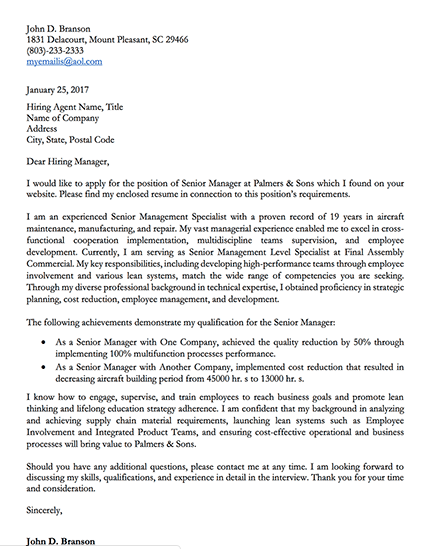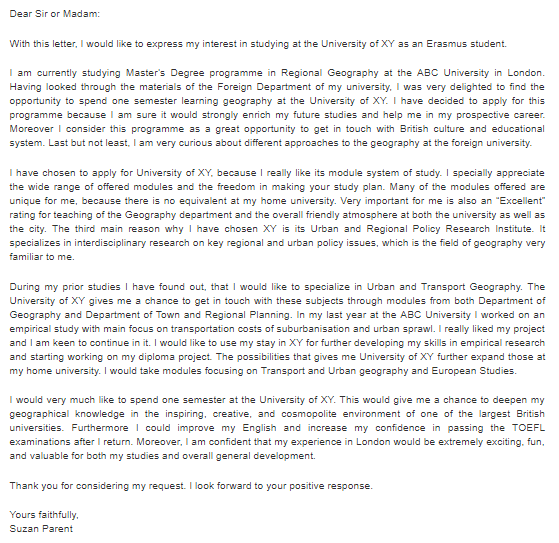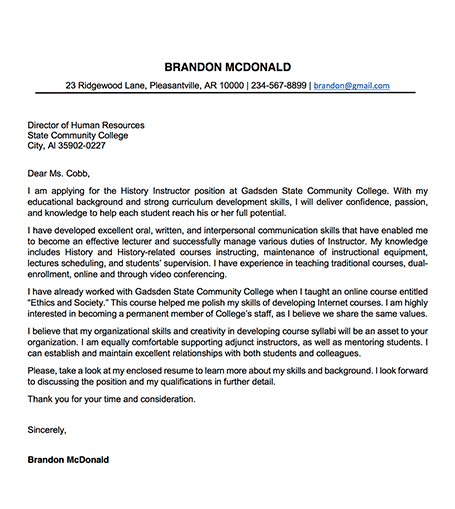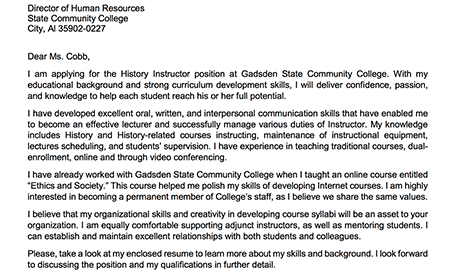
Everyone, who has ever applied for a job knows that feeling when you attach a resume but have much more to say. The truth is, you don?t need to include all your personal information in resume, if you did so it?s a big mistake. Every document a recruiter demands has its purpose. The purpose of a resume is to give a short description of your working experience and professional skills.
But there?re some other documents demanded. It may confuse you, as the necessity of a cover letter is not clear enough, so let?s appeal to statistics. According to the research conducted by CareerBuilder, 45% of resume rejections are caused by the absence of a cover letter. Impressive, huh?
So together we?ll figure out what is the main difference between letter of interest and cover letter and other important details but at first, answer the question ?Why do we need all these files or application documents??
Why Your Resume Is Not Enough?
Resume preparation takes lots of time and efforts but having only a resume isn?t enough for a recruiter to send you a job offer. More and more companies want to know additional info about a perspective applicant. Asking for a cover letter is a good solution. Recruiters don?t need to spend 30 min or even an hour on interviewing a person; they can scan ten cover letters during that time and filter the best. In comparison to resume cover letters tell more about your personality, so it is a good opportunity for you to fill the resume gap if you?re not experienced enough but your cover letter rocks. Remember, a really good, customized cover letter without a boring list of achievements may help you to stand out from the crowd and get closer to the desired position.
What Is a Cover Letter?
If you?re applying for a job writing a cover letter is a must, as it brings extra value to you. A purpose of a cover letter is to give an employer the opportunity to learn more about you, your achievements, get to the hidden motivation to apply and better understand what you expect from the job. In one word, a short and sweet cover letter is like an ace in the hole you can use to catch a recruiter?s attention.
The first thing you have to include is your personal details: name, address and phone number. It also must include the hiring manager?s name. It?ll be great if you found out the name of the person you?re writing to. If not, just leave it ?Dear Sir or Madam.? At the beginning point out, where you found the vacancy and why it interested you. Then describe why you are a perfect match by highlighting your previous experience and what value you can bring to the company. You can mix your working experience and professional skills with personal features. Remember recruiters don?t look for a robot but for a person with good and bad features. In the end, don?t forget about closing statements. Thank you the recruiter for their time and close up by asking for an interview and leave the information on how you can be contacted (e.g., by phone, mail).
A perfect cover letter must answer the question ?Why are you a perfect candidature.? Just like mentioned in this article on LinkedIn. Be honest and at the same time decisive to show the recruiter your strong wish to get a job.
Professional Cover Letter Example:

What Is a Letter of Motivation?
In comparison to a cover letter that is used to apply for jobs, a motivation letter is usually used for being enrolled at the university, educational programme or for being accepted as a volunteer at a non-profit organization. Also, it might be used by students or fresh graduates who don?t have any work achievements to show their interest in the position and desire to work.
As the name of the letter speaks for itself, you should describe the motives in the specific activity you?re applying for. If it?s a student programme, explain why you want to attend, what interested you at this specific programme or university. If it?s a volunteering organization, give information about your previous experience in volunteering or your inner desire to participate and help the world around you.
Usually, people mix up a letter of motivation and a cover letter. It?s obvious because the main purpose of both is to persuade a person who is going to read the letter that you?re the most suitable candidate for a given position. But remember, a cover letter frames you more.
Informative Motivation Letter Example:

What Is a Letter of Interest?
The last and probably the one you haven?t heard about. The main purpose of the letters of interest is to let a prospective employer know that you?re interested in working for the organization. It?s a common situation while looking for a job you might have a list of companies you dream to work at but there?re no vacancies. In such a situation, a letter of interest is a perfect tool. You can get an HR manager on LinkedIn or write via email that you have a big desire to work for the company. The chances that you?ll get a positive answer are higher than you suppose. Sometimes companies have open vacancies but they?re not published on the site or on any other headhunting resources. To write it right follow the next steps:
Include information on the job type you?re seeking
Highlight your professional skills
Working experience is a must
Clarify the reason why you feel to suit the position
The Best Letter of Interest Example:

It?s important to be very accurate with a reason why you?re writing a letter. Simply be interested in the company culture and the work they do is not enough. Show that your experience is relevant, you have pertinent references or recommendations, and the last step is to shine on the interview, so the job is definitely yours!


